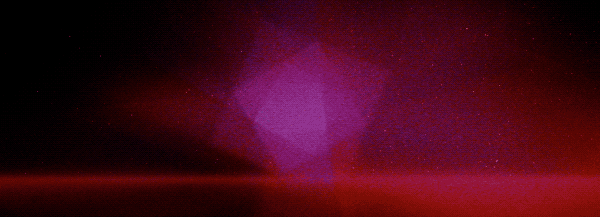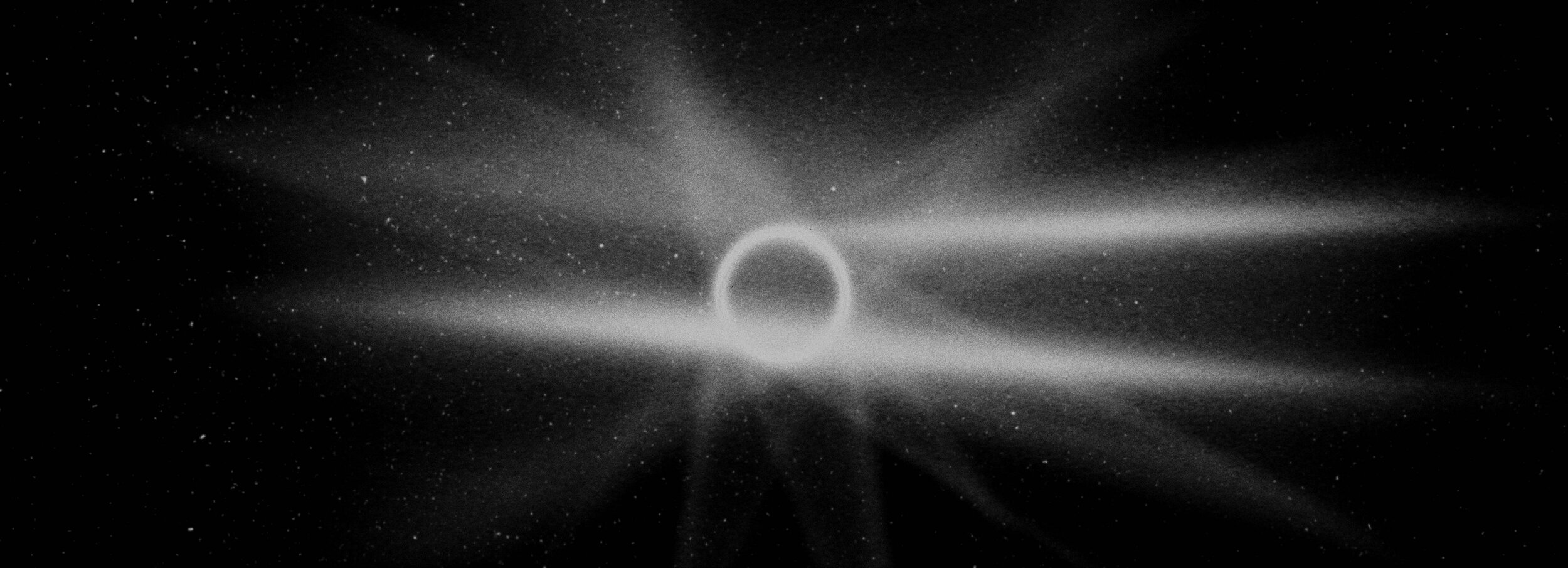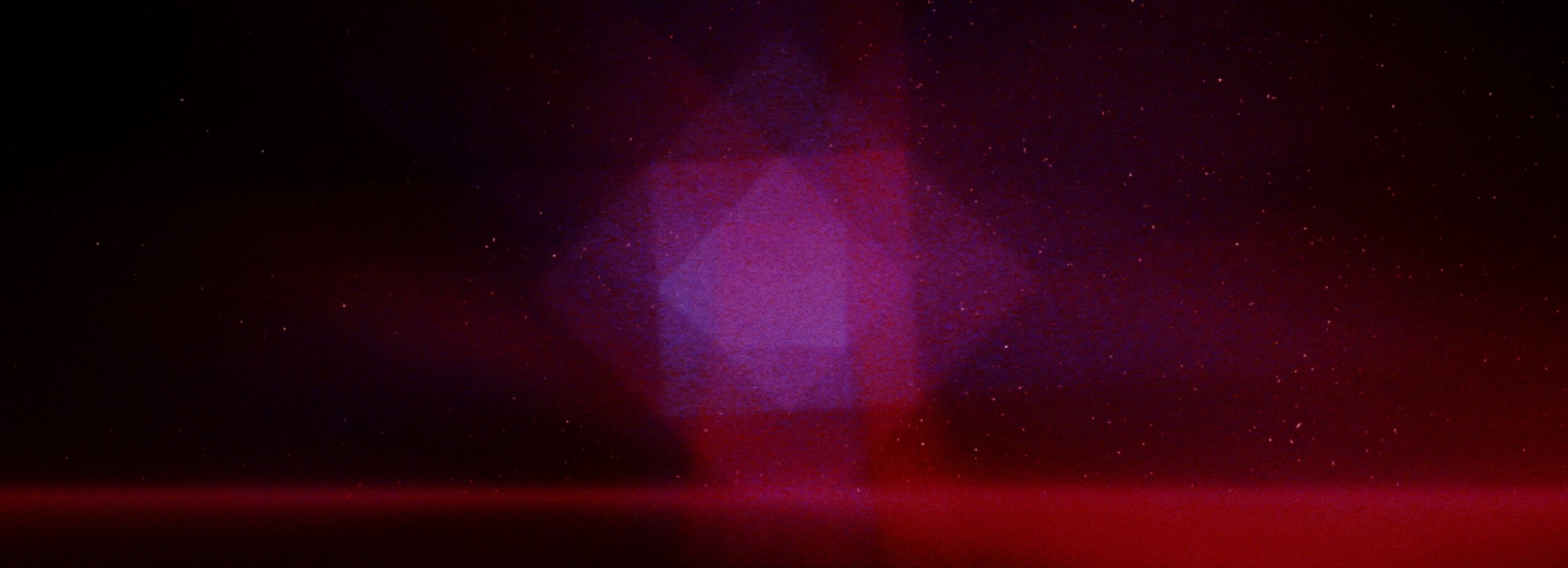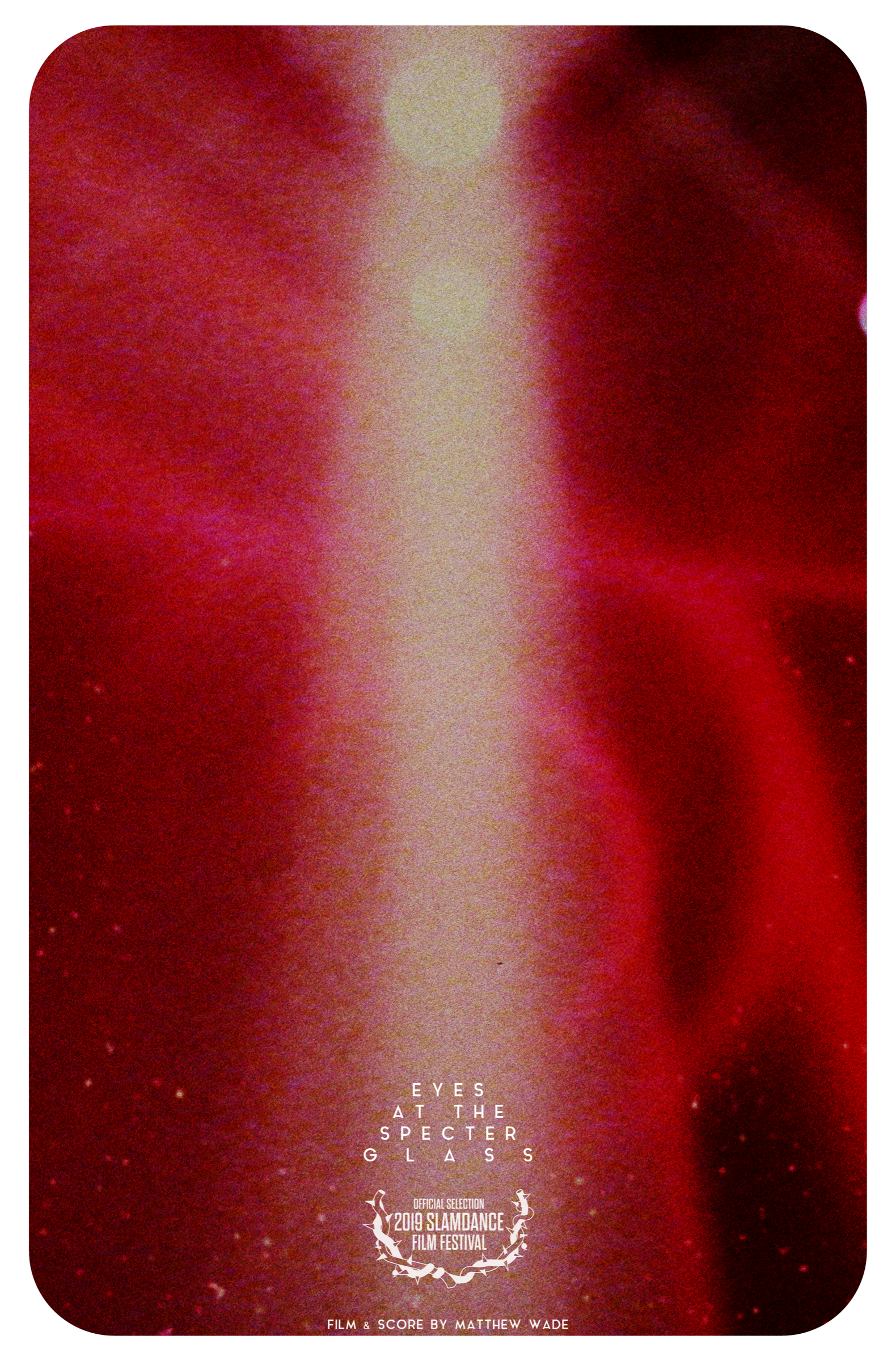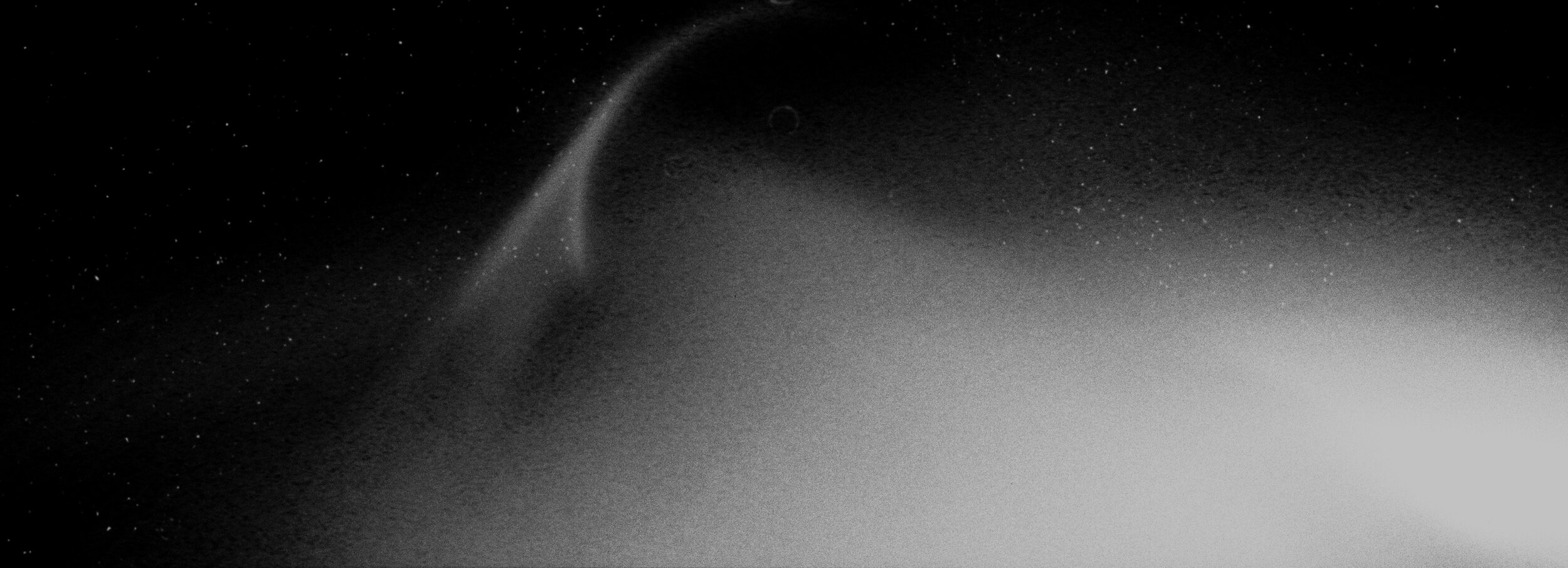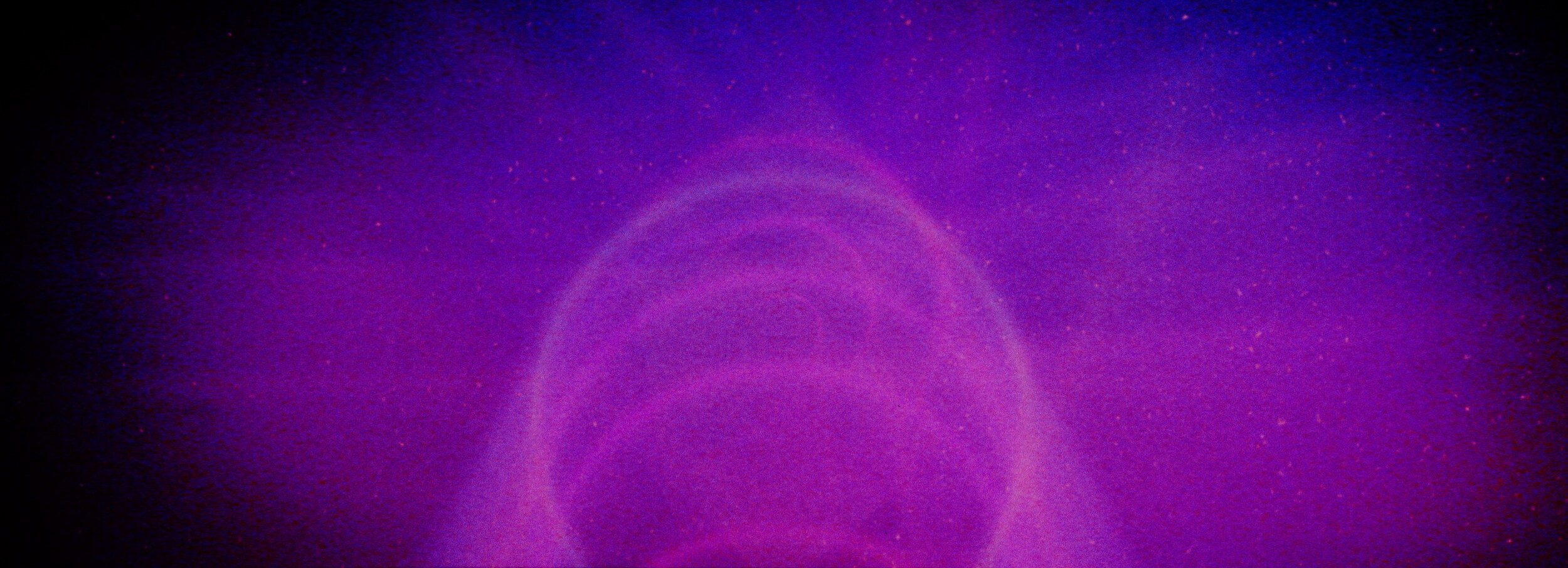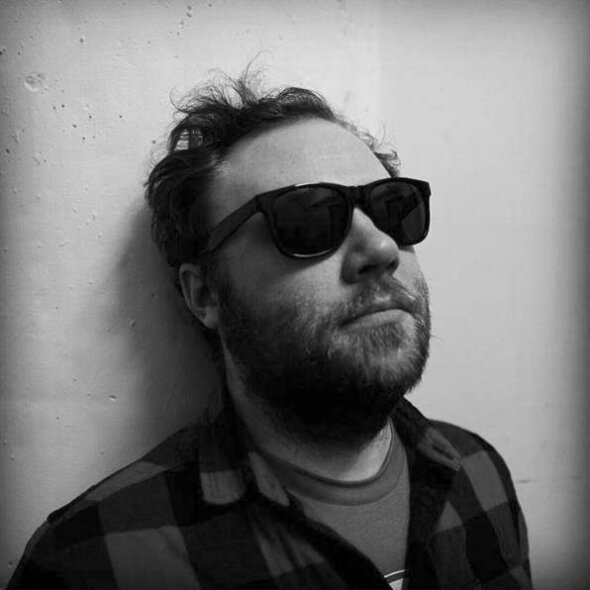Eyes at the Specter Glass
A film by Matthew Wade
Its memories are not its own.
An otherworldly vision of the power of light and the weight of planets.
Director’s Statement
Eyes at the Specter Glass refers to our perception of reality and how we catalog life events through memory, bias, and time. The lens of our eyes and the ghost at the lens are trying to interpret the journey. The film imagines the memories of a collective of consciousness filtered through a singular explorer whose entire bias is its own billion-year journey through the cosmos.
The film took around a year to animate and edit. The whole film plays chronologically just as it was animated. I did not reference one scene to the next and often a month or more would go by between the completion of one scene and the beginning of the sequence following it. Because I did everything (concept, design, animation, editing, grading, and music) it is a uniquely singular project of my memory and film as an overly simplistic chronological exploitation of the human mind.
A Note on the Score
Just as I animated the film chronologically without referring past scenes as I worked through it, I waited about two months after locking the final cut before I began to try and add a score. Because the film was set in space and does not reference the specificities of the thing or things experiencing the imagery, I knew I didn't want any sound design in the film to add tangibility to a particular point of view. The score was made with only the Total Run Time of the film (exactly 11 minutes, 30 seconds) to guide me. I never watched the film while making the score and how it is seen now is how I first saw it, making no adjustments to the score after it was finished.
created the sounds for the music on both digital and analog synthesizers, as well as with some sound manipulation and experiments, maintaining the same workflow of building the soundscapes as I had in building the visuals. It was driven by feeling and emotion; what I was responding to and what surprised me as worked on it.
I recommend those who view the film to not only watch it in a dark setting, on as large a screen as possible, but also loud on nice, loudspeakers or headphones. The marriage of the score and images is the entirety of the expression of the piece and it's meant to be all-consuming.
Film & Score by
Matthew Wade
Music Mastering by
Jacob Kinch
Produced by
Sky Melt
Very Special Thanks
Sara Lynch
